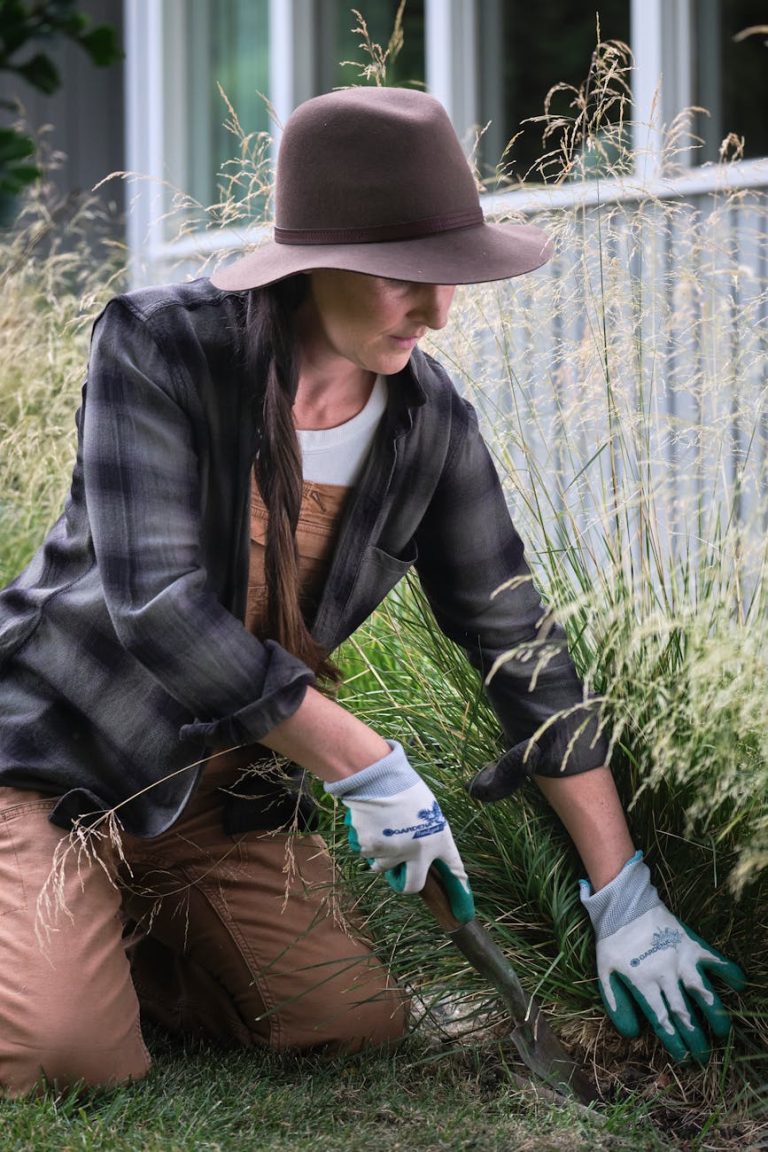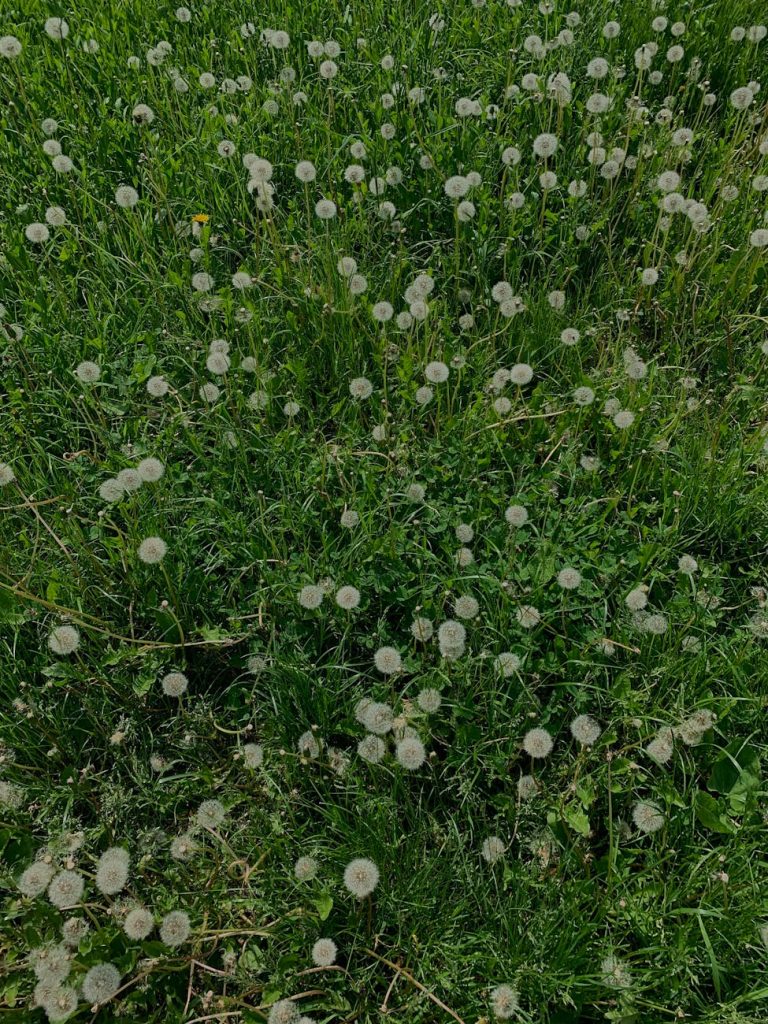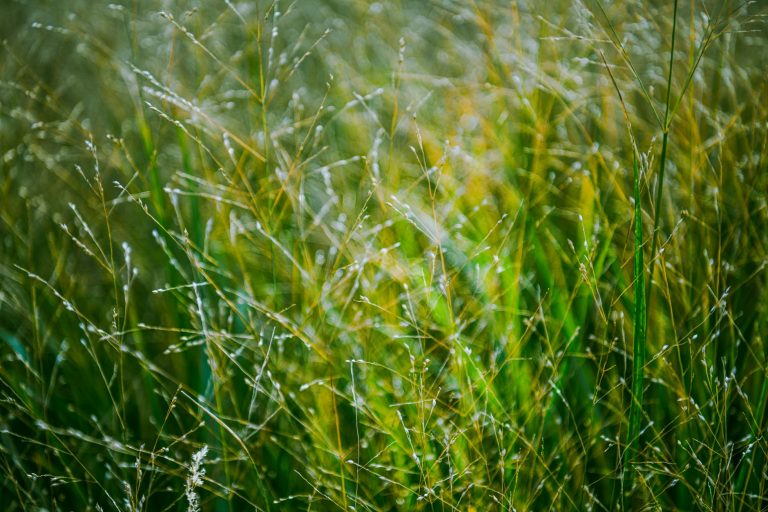Chemical-Free Garden: 10 Must-Try Natural Weed Control Solutions
Maintaining a flourishing garden without chemicals is not only possible but also eco-friendly. Dive into these ten natural weed control solutions to keep your garden healthy and vibrant, the natural way. Go on, give those pesky weeds a run for their money!
In today’s world, many people are turning to chemical-free methods to maintain their gardens and keep them looking beautiful. One area where this trend is gaining particular attention is weed control. Chemical weed killers can be effective but may have harmful effects on the environment and human health. Fortunately, there are numerous natural alternatives that are just as effective in keeping weeds at bay. In this article, we will explore ten must-try natural weed control solutions to help you maintain a healthy and chemical-free garden.
1. Mulching
Mulching is a tried-and-true method for preventing weeds from sprouting in your garden. By covering the soil with a layer of organic mulch, such as straw, wood chips, or leaves, you can smother weed seeds and prevent them from germinating. Mulch also helps retain moisture in the soil and improves its fertility.
2. Vinegar
Vinegar is a powerful natural weed killer that is readily available in most households. Simply mix vinegar with water and a few drops of dish soap in a spray bottle, and apply it directly to the weeds. The acetic acid in vinegar dries out the weed foliage, causing them to wither and die.
3. Boiling Water
Boiling water is a simple yet effective way to kill weeds without using chemicals. Carefully pour boiling water over the weeds, making sure to target the entire plant, including the roots. This method is best suited for weeds growing in cracks on sidewalks or driveways.
4. Corn Gluten Meal
Corn gluten meal is a natural byproduct of corn processing that can also act as a pre-emergent herbicide. It inhibits weed seed germination, making it an excellent option for preventing weeds before they even start growing. Sprinkle corn gluten meal in your garden beds to suppress weed growth.
5. Hand Pulling
While it may be labor-intensive, hand pulling remains one of the most effective methods of weed control. Regularly inspect your garden for weeds and manually pull them out by the roots. Be sure to remove the entire plant to prevent regrowth.
6. Baking Soda
Baking soda is another household item that can be used to kill weeds naturally. Mix baking soda with water to create a paste and apply it to the weeds. The alkaline nature of baking soda disrupts the weed’s cellular structure, leading to its demise.
7. Newspaper
Newspaper serves as an excellent weed barrier when used as mulch. Simply layer sheets of newspaper over the soil in your garden beds, making sure to overlap them to prevent weed growth. The newspaper will block sunlight, inhibiting weed germination.
8. Salt
Salt is a potent weed killer that should be used sparingly to avoid damaging surrounding plants. Sprinkle salt directly on the weeds, taking care not to oversaturate the soil. Salt dehydrates the weeds, leading to their eventual demise.
9. Essential Oils
Certain essential oils, such as clove oil, peppermint oil, and citrus oil, have weed-killing properties. Mix a few drops of your preferred essential oil with water and spray it directly on the weeds. Essential oils not only kill the weeds but also leave behind a pleasant fragrance.
10. Planting Cover Crops
Planting cover crops like clover or buckwheat can help suppress weed growth by competing for space, sunlight, and nutrients. Cover crops also improve soil health and fertility, making them a beneficial addition to any garden.
In conclusion, maintaining a chemical-free garden is not only beneficial for the environment but also for your health and well-being. By incorporating these ten natural weed control solutions into your gardening routine, you can enjoy a lush, weed-free garden without relying on harmful chemicals. Experiment with different methods to find the ones that work best for your garden and enjoy the beauty of a naturally maintained outdoor space.






